William McKinley was, by all accounts, an exceptional President. He successfully led the country to victory during the Spanish-American War, and he oversaw the nation’s rebound from the grievous economic crisis of 1893. At the height of his popularity he was shot during a brief public reception at the Temple of Music during the Pan-American Exposition in 1901. The theme of the exposition was electricity and its many marvelous uses.
William McKinley was the last Civil War veteran to hold the office of the Presidency. He enlisted as a Private and ended the war as a Brevet Major. McKinley served at the Second Battle of Bull Run as well as Antietam. McKinley had a horse shot from under him at Berryville during the Shenandoah Valley campaign.
McKinley’s personal life was, as was so often the case during this time, fraught with tragedy. His two daughters succumbed to illness in childhood, and his wife was emotionally distraught and physically frail ever after. However, McKinley threw himself into politics and was recognized as an innovative, principled, and popular leader.
After the death of his Vice President Garrett Hobart in 1899, McKinley completed his first term without securing a replacement. For his second term, he took on a young war hero, the Governor of New York named Theodore Roosevelt. Sordid events to come would soon elevate Roosevelt to unexpected heights.
The Shooter
Leon Czolgosz was a Polish-American anarchist who never seemed terribly good at anything. He worked for a time in a glass factory but lost his livelihood during the economic crash of 1893. This event combined with disillusionment with the Catholic Church drove him to revolutionary anarchist teachings.
Anarchists believed in essence that government of any sort was bad. Their MO in Europe was to attempt to enact their nihilist vision for society through political assassination and terrorism. Czolgosz was a disciple of the anarchist writer Emma Goldman and sought out her company. Eventually, she began to get a stalker vibe and started avoiding him. In fact, his blunt demeanor and painful social awkwardness led some in the movement to label him an obvious spy working on behalf of the government.
Czolgosz was indeed a fairly pathetic figure. Unable to hold a proper job, his sundry personality defects kept him on the move and unattached. Inspired by successful anarchist assassins in Europe, Czolgosz began to view President McKinley as the embodiment of the hated establishment. In his twisted mind, McKinley seemed institutionally responsible for his individual failure a well. As a result, Czolgosz walked into Walbridge’s Hardware Store in Buffalo, NY, and purchased an inexpensive .32-caliber Iver Johnson Safety Automatic revolver. With this, he embarked upon his journey to assassinate the President in earnest.
The Shooting
President McKinley enjoyed mingling with the public and had a legendary handshake. He could shake hands at a consistent and sustained rate of fifty hands per minute. He had a refined technique that prevented his hand becoming strained unduly by overly vigorous acquaintances. On the day of his shooting McKinley’s personal secretary, George Cortelyou attempted to cancel his public reception twice over security concerns only to have the President overrule him both times.
The President was scheduled to speak on September 5th and then tour the fair exhibits. Of the 116,000 people in attendance that day, roughly 50,000 of them attended his speech. His assassin tried to get close enough for a shot this first day but was kept back by the President’s security detail. The following day at the Temple of Music reception would be his best opportunity.

This photo was shot of President McKinley ascending the steps of the Temple of Music on the day of his shooting.
Czolgosz queued up well in advance for his chance to meet McKinley. The rules held that those wishing to greet the President had to have both hands in clear view and empty. However, it was hot this day, and folks were mopping their sweaty brows with handkerchiefs aplenty. The rules were therefore relaxed.
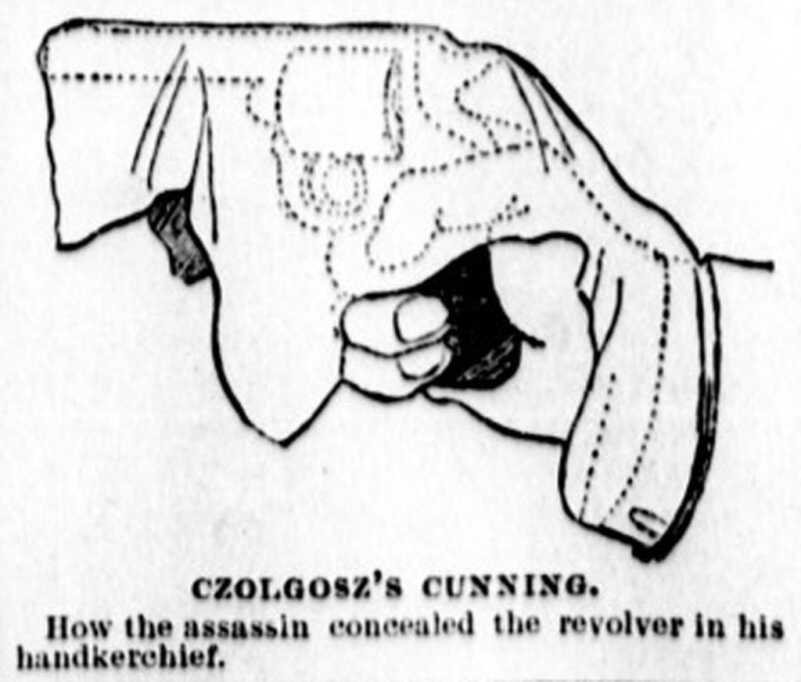
Leon Czolgosz used the pretense of wiping his sweaty brow with a handkerchief to conceal the murder weapon.
When Czolgasz got his turn he held out both hands, his right draped in a white handkerchief. Presuming the handkerchief to be a dressing for a wound of some sort, the President reached to take his killer’s left hand in greeting. At that moment Leon Czolgosz fired off two quick shots from his diminutive .32-caliber wheelgun.
One round struck a button and deflected. The President subsequently found this spent bullet loose in his clothes during his ride to the hospital.

The two shots were delivered so rapidly that many witnesses claimed to have heard but a single report.
The other round, however, penetrated deep, ventilating the stomach, bowel, pancreas, and adrenal glands before lodging in his back muscles.
Spectators and security personnel were on Leon Czolgosz in an instant, but the damage was done. The President intervened personally and entreated those subduing his attacker not to harm him. The only thing witnesses reported Czolgosz having said was, “I done my duty.”
The Gun
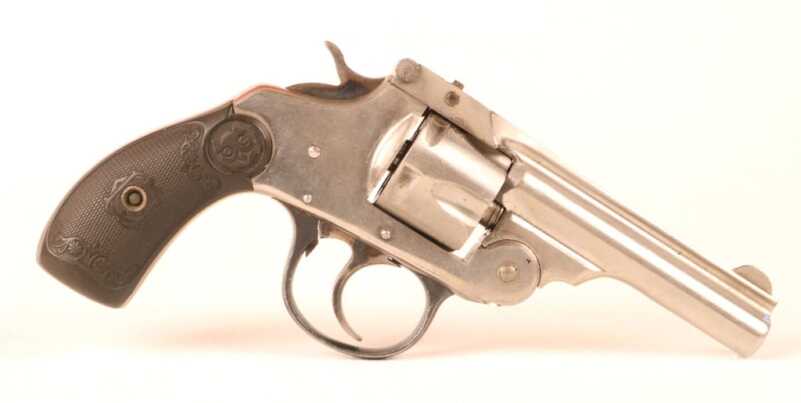
The small Iver Johnson pocket revolver used by Leon Czolgasz was designed more for carrying than shooting.
The Iver Johnson .32-caliber Safety Automatic was a diminutive pocket gun that came in three major variants as well as hammerless and conventional versions.
All of these weapons were top-break six-shot revolvers. The first two models were designed to fire black powder cartridges and differentiated by their latching systems. The third model was configured for smokeless powder.
All of these guns were available in either blue or an electroplated nickel finish.
The gun was a fairly efficient design patterned similarly to the English Webley revolver. The star-shaped ejector lifted all six empties up and out as the barrel tipped forward.
The front sight was an ample blade, while the rear sight was so miniscule as to be utterly worthless.
The trigger was a serviceable single action/double action, and the black rubber grips included the image of an owl on both sides.
The gun utilized a transfer bar firing pin for safety.
The .32 S&W was an epically crappy cartridge not much longer than the width of a quarter. A typical load pushed an 85-grain lead bullet to about 700 feet per second.
My revolver is the spitting image of the McKinley assassination gun and set me back $125 from a pawnshop. The overall geometry is really too small to accommodate an adult hand.

The original murder weapon is stored alongside the burned handkerchief Czolgasz used and is available for viewing by appointment only in a museum in Buffalo, NY.
Given the gun’s advanced age and questionable personality, I lack the fortitude to fire it. However, I am reasonably certain that the gun would be soft-shooting and easily pointed. So long as you mind the spurred hammer it should run well from concealment.
The Wound

The theme of the exposition was electricity, so even the ambulance used to carry the injured President was electrically powered.
As the theme of the exposition was electricity President McKinley rode to the fairgrounds infirmary in an electric-powered ambulance.
An esteemed group of surgeons was assembled, and they operated on the President with the limited tools they had available. Interestingly, one of the biggest challenges was illumination. Electric lights were not as effective as sunlight, so it was a race to complete the operation before the ambient light faded. One of Thomas Edison’s primitive X-ray machines was technically available for use, but it was not deemed trustworthy or practical at the time.
The surgeons repaired the stomach wound as well as the other readily accessible injuries. However, a surgeon buddy once opined, “Never mess with the pancreas.” Even if the other stuff had been manageable, McKinley’s pancreatic injury was likely catastrophic.
The patient improved for a time, but this is not uncommon with injuries of this sort. He was sustained via nutrient enemas and was purportedly a model patient. However, eight days after the shooting he decompensated and died of gangrene and fulminant sepsis. He was affectionate to his devoted wife until the end.
The Rest of the Story
Leon Czolgosz was put on trial for the murder of William McKinley nine days after the President’s death. The trial lasted forty-eight hours, and the defense called no witnesses. The jury deliberated half an hour before returning a guilty verdict.
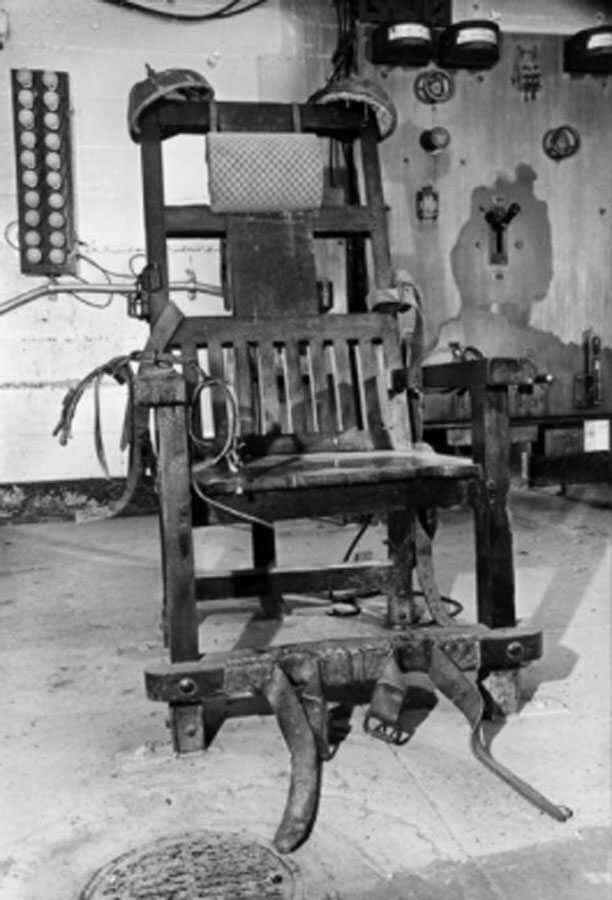
The irony that Czolgasz shot the President at an electricity expo and was subsequently executed in an electric chair less than two months later was not lost on the American public.
Things were different back then. On October 29, 1901, a mere fifty-three days after he shot the President, Leon Czolgasz was executed by electric chair. His body was soaked in acid prior to his internment, I suppose just out of meanness. What little remained of him was ultimately buried on the grounds of the prison where he was executed.
Take Home Points

This is the gun that is on display in the Buffalo museum commemorating the shooting of President McKinley. The original is kept in storage for safety.
Czolgasz chose a truly horrible handgun for his mission. A coat button actually successfully deflected one round, while the other took eight days to end the life of his victim. McKinley’s wounds would have presented a technical challenge to a proper trauma surgeon today but should have been reliably survivable. McKinley’s obese habitus and a previously undiagnosed cardiomyopathy found on autopsy undoubtedly contributed to his death.
The deciding factor, in this case, was a lack of antibiotic drugs. In this era most any bacterial infection was potentially life-threatening. Given the inevitable corruption associated with stomach, gut, and pancreatic wounds there was little hope for the President from the moment the gun went off.
President McKinley guided the country through a pivotal time. Americans were deciding whether or not to become a proper colonial power while simultaneously recovering from a paralyzing economic crisis. In the final analysis, however, William McKinley died for a stupid irrelevant cause that had no functional basis in reality.
Human beings are innately sinful broken creatures. To expect people to govern themselves peaceably in the absence of some kind of formal structure is simply asinine. Then as now those who kill for passionate reasons frequently seem fairly pitiful in hindsight.



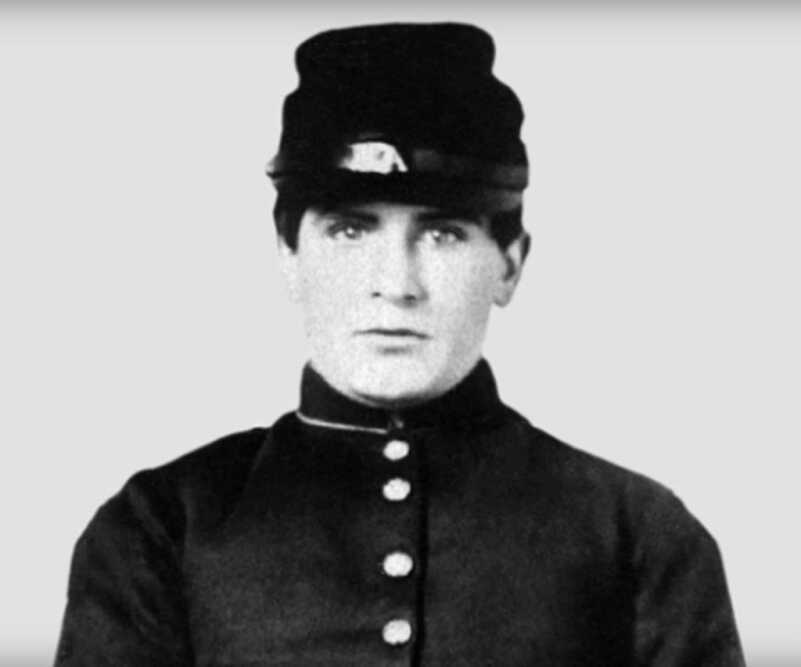



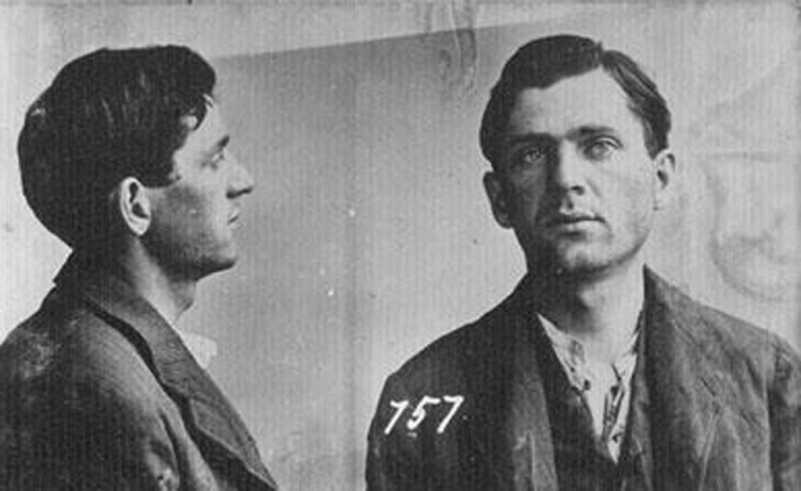

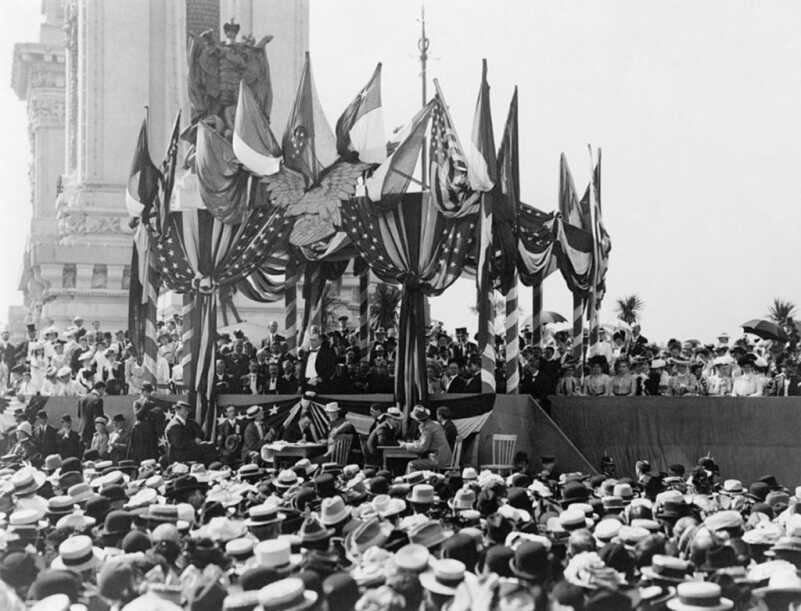



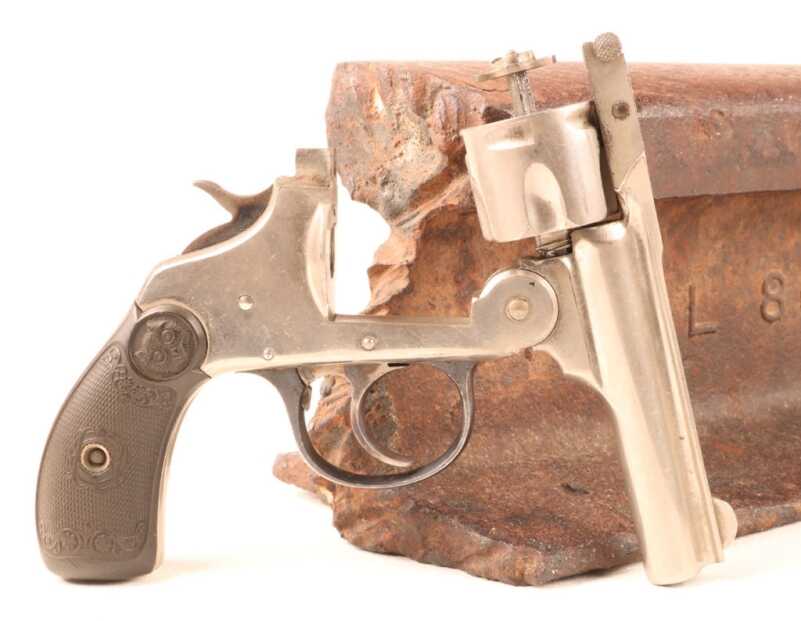
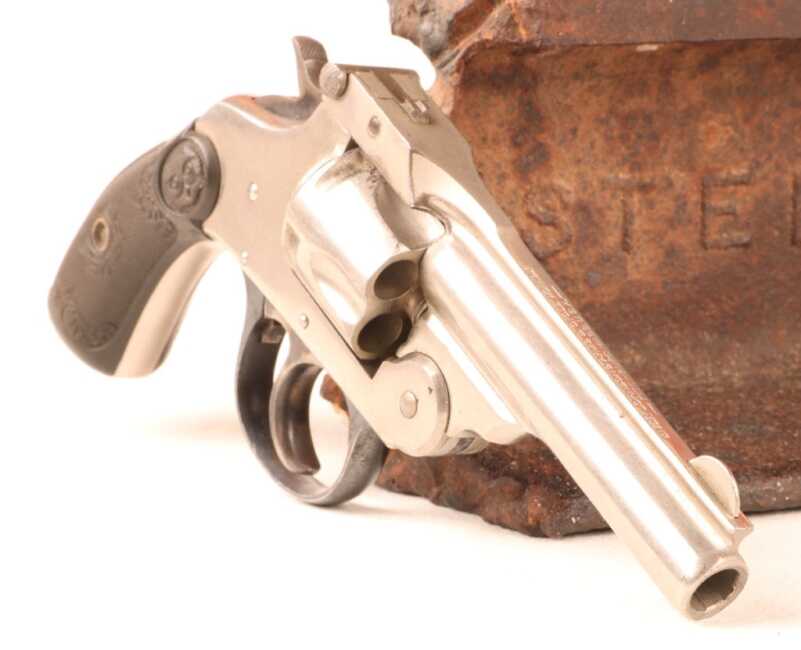

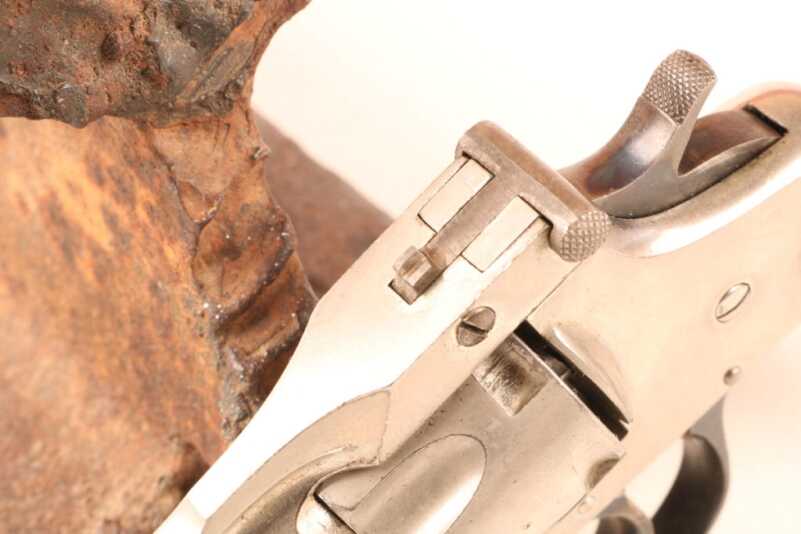
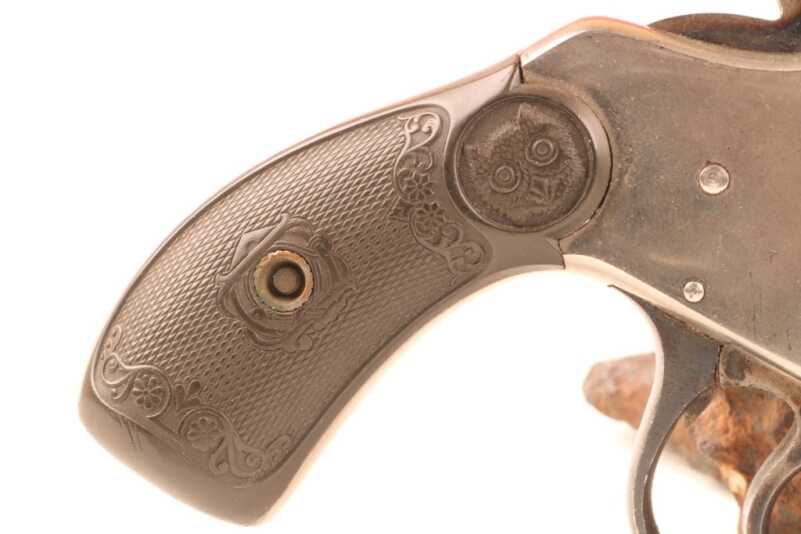
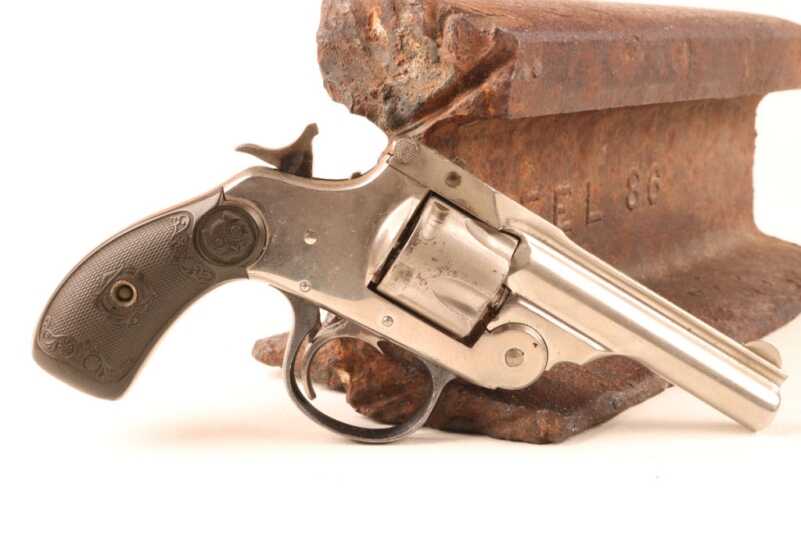
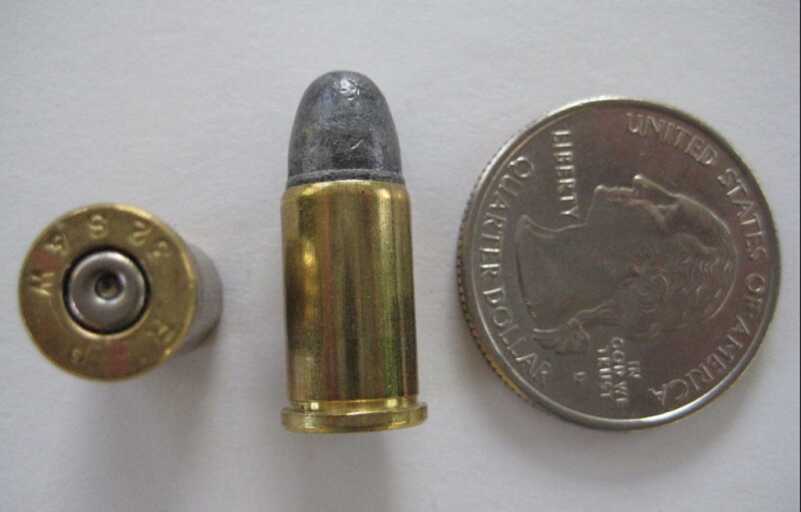


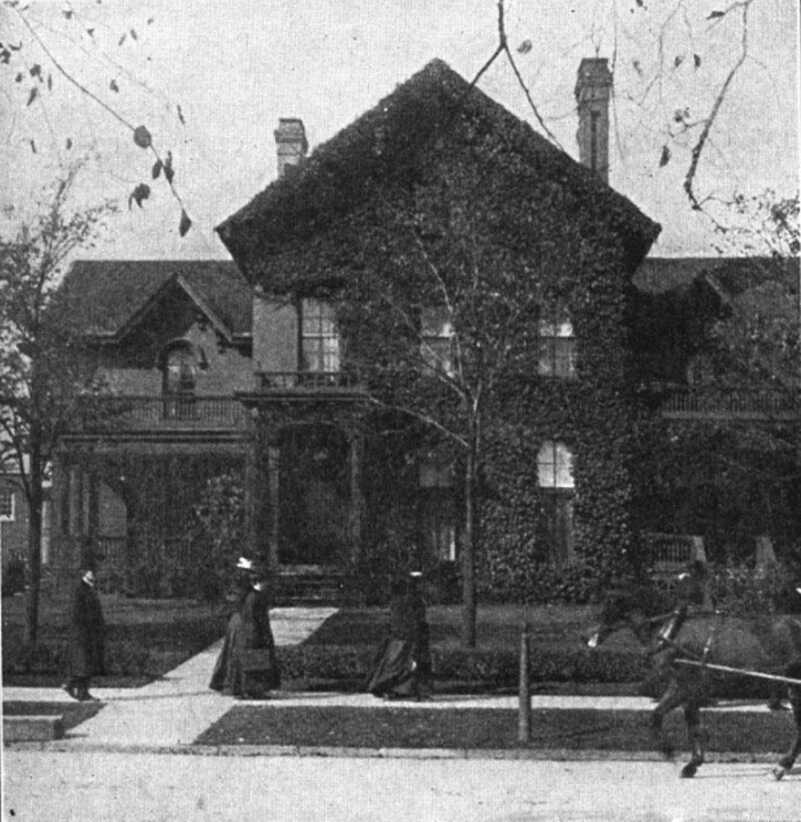
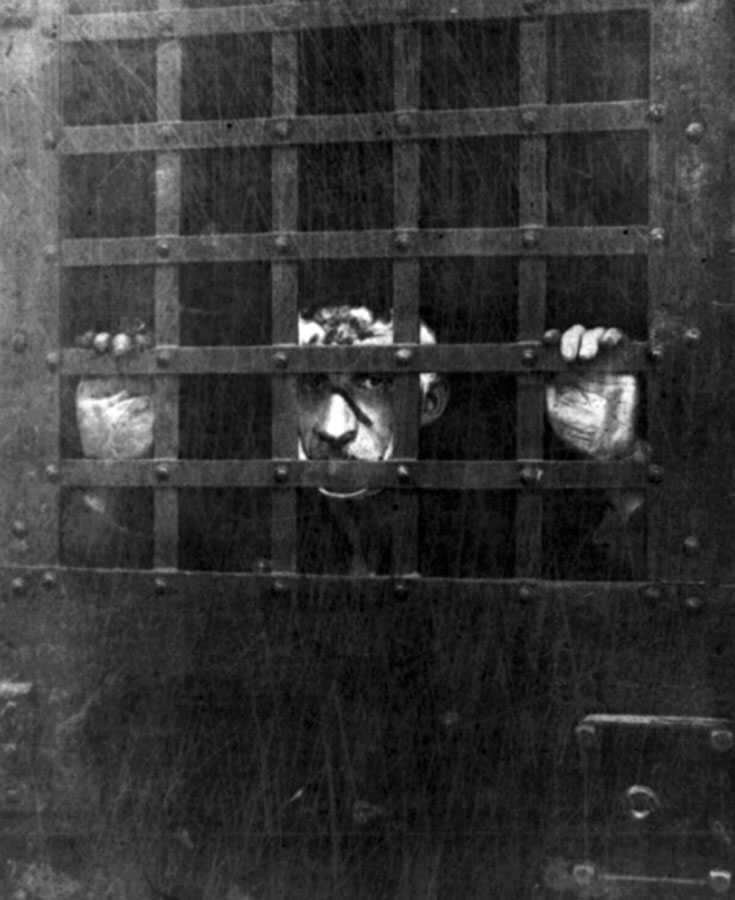
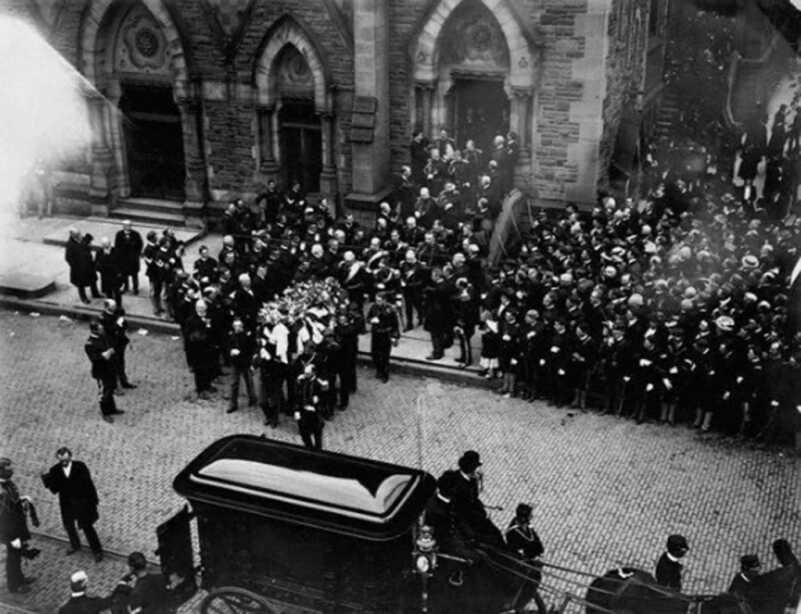

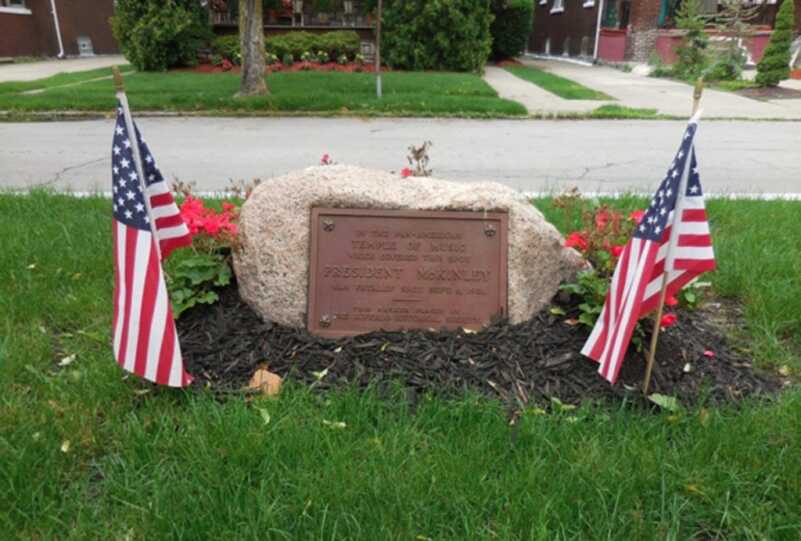
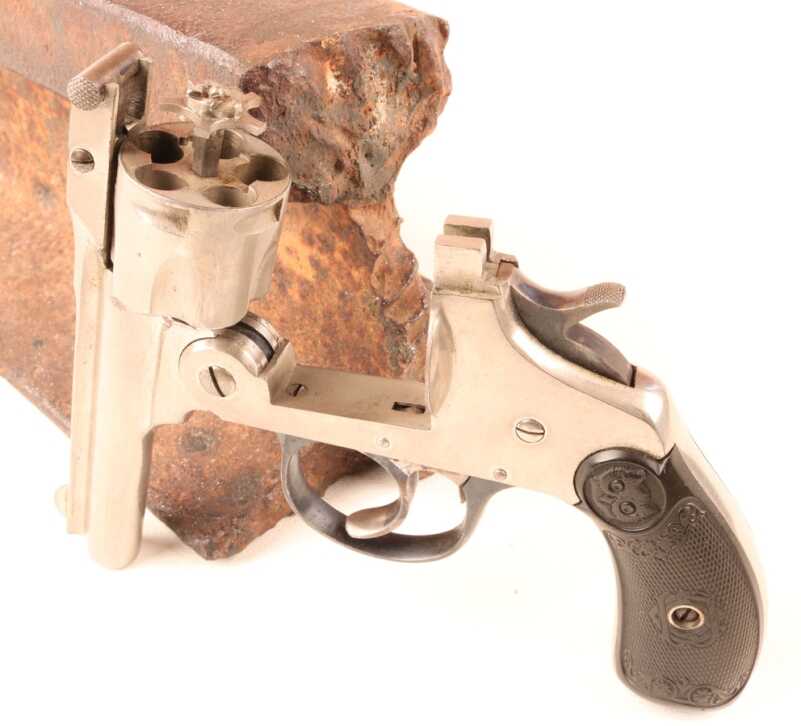

Good article—thanks! It told all I was looking for.
There’s a .32 acp on my person at all times,
even while I sleep. I don’t have any illusions about it’s value for personal defense. It’s mainly there because if we’re not used to a firearm as our constant presence taking them away has far less impact. Like my .32. I tend to avoid points-of-sales ( with one rare exception ) which are “posted”. Unfortunately for most that’s not an issue either because they don’t even have any firearms or else because they don’t respect signs on private property. If it were an issue as it is for me, most of those “welcome to Luby’s” signs would go away or those points-of-sales would go away. Which would be fine w/me. Fine with me and better for us.
I have what may be an identical Iver Johnson .32 with the owl in the grips. It belonged to my father and I got it upon his death.
Great article, iver johnson, H&R and others made millions of these small break top .32s and .22s at the turn of the last century these were the common carry guns of the time. Later the .38 SW was popular also.
Dr. Will Dabbs is a great writer for a couple of Gun Magazines and I always look forward to his articles. The Iver .32 was a cheap firearm but also very popular back then. While under powered it did unfortunately do the job and the President died in great pain. Too bad we don’t execute murderers that quickly anymore.
To deride the 32. S&W , which was pretty much the standard of the day is comparing apples to rocks. all the major cartrdges of today didn’t even exist in a concealable weapon of the time…and many poeple were unfortunately on the recieving end of that round …when personal protection for the masses pretty much fell to Iver or H&R at an affordable price these were the your gun of choice…unfair slam says I ..like comparing the wright brothers plane to a modern jet…
You said “The star-shaped ejector lifted all six empties up and out as the barrel tipped forward.”
The pistol shown does not look like it could hold six shots!
It in face does not hold six; it holds five anemic .32S&W rounds.
Certainly McKinley didn’t deserve to be assassinated nor anyone murdered. Don’t underestimate the 32 cartridge. It was meant for close quarters self-defense and concealment.
Would I recommend this as the go-to? No. In a pinch, any firearm will do if you need it right now. as for the killer in this story he certainly deserved the chair.
Great artical, thank you. I have the same revolver in 38 s&w. I’ve shot it once, five rounds, but don’t have the nerve to shoot any more. Although I did read that the 38 s&w, an older cartridge was, and still is, manufactured a little anemic but still not very safe in an old gun. Thanks again.
I have read that surgeons cut into his back and inserted their arms into the presidents body up to their elbows feeling around which set him up for the infections.
I own a couple old Ivers, and no, they are not horrible revolvers. The similar S&W topsbreaks, which they resemble far more than a Webley, were better quality but the Ivers were acceptable. The sights were tiny but they did work as did the transfer bar which Iver pioneered. I’ve fired them and they did alright though not my choice for a concealed carry gun. ALL that I’ve seen held five rounds, not six. Other than that, I found the historical content of the article interesting.
When I was about 4 years old I went with my dad to a friend of his that was renovating an old house.I watched as the guy busted through a wall with a slege hammer.In the old days homes were insulated with plater mixed with horse hair. Inside this wall was a towel.Wrapped in it was a revolver just like in the article.The cylinder was opened and 2 of the cartridges had been fiired but the rest hadnt. The police showed up and the gun was taken and dads friend was given a receipt for gun. I never did learn what the story behind that gun was.The city we lived in was well known for mob activity and scores were settled on a regular basis.
Excellent recount of a tragic event in our history. The author’s following statement speaks volumes about our current society today…
Human beings are innately sinful broken creatures. To expect people to govern themselves peaceably in the absence of some kind of formal structure is simply asinine. Then as now those who kill for passionate reasons frequently seem fairly pitiful in hindsight.
The real truth behind the lunacy of the shootings we see too often today.
– dhr
So, when you often read .380 is the minimum caliber for self defense consider this one….I often carry a Ruger LCR .327 magnum…..
I have several of these and all are 5 shots no 6. Even the one shown in the photo is a 5 shot.
Well Done !!! Excellent job…… A little more on the cartridge while interesting would make no difference in the results ……I am curious if it was what we call the 32 S&W short or the improved long….. Also was this the black powder or smokeless version of the revolver?
Actually, the revolver Czolgosz used was a 1st Model, which were only made from 1894 to 1896. The small, in length, cylinder is indicative of the original 32. S&W, which is currently referred to as the 32 S&W Short. All of those models were made only for Black Powder cartridges.
.32 s&w and .32 s&w long are great target rounds at the range, I’ve owned a few Iver Johnson revolvers before and found them both pleasant and surprisingly quite accurate. Is it a 44 magnum in stopping power? Of course not, but it will do the job if need be.